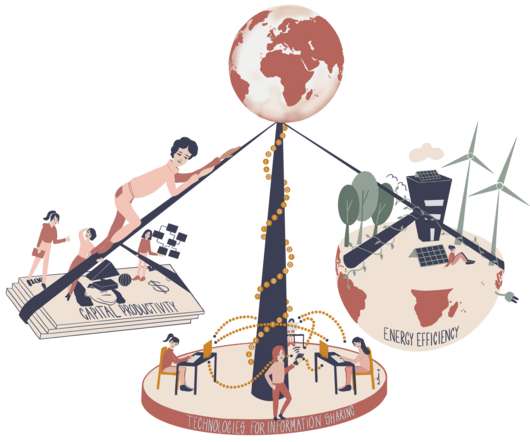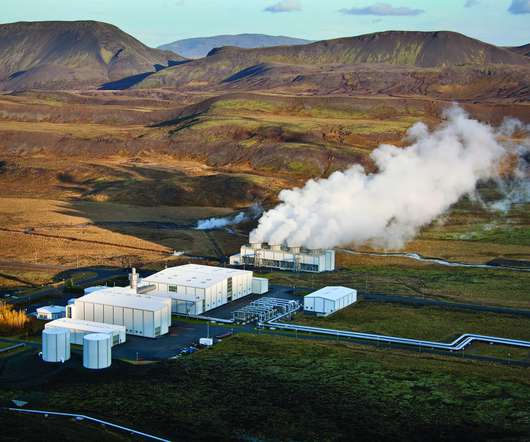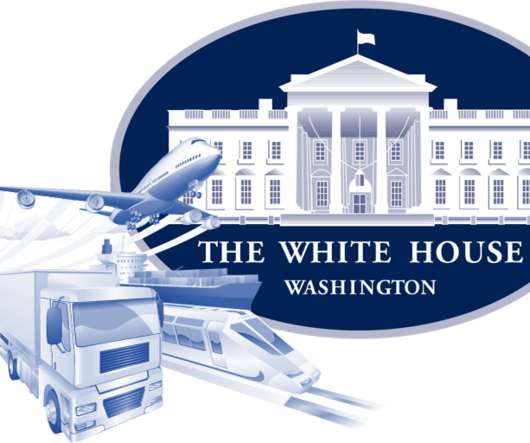COP26: 5Zs that changed the world
The Logistics & Supply Chain Management Society
DECEMBER 21, 2021
Even with all new Glasgow pledges for 2030, we will emit roughly twice as much in 2030 as required for 1.5 Subnational governments like Québec in Canada and Telengana in India as well as manufacturers and fleets like DHL, Heineken and Scania are endorsing the MOU and declared that they will align with the decarbonization effort.

















Let's personalize your content